Abercrombie & Fitch From Fashion Icon To Funding Sex Trafficking Operation; The Shadows Of Sexual Exploitation Allegations Rocking The Fashion Industry Worldwide
The iconic fashion brand that once epitomized American cool, Abercrombie & Fitch, now faces a lawsuit alleging that the company, under the leadership of former CEO Mike Jeffries, funded a sex-trafficking operation, leading to the exploitation of young men at events hosted by Jeffries and his partner, Matthew Smith. In recent times, the fashion industry has been thrust into the spotlight for allegations of sexual exploitation and the scandal surrounding Abercrombie & Fitch and its former CEO, Mike Jeffries, is not an isolated case.

If you were a teenager or pre-teen in the United States during the early 2000s, Abercrombie & Fitch was an unmistakable reality in your life.
Now, whether you had a fondness for it or held a different opinion, the brand’s influence was undoubtedly widespread – from its glossy advertisements showcasing low-cut jeans and graphic t-shirts to its distinctive fragrance and the unique ambience of its dimly lit stores – they were regular fixtures in mainstream malls across the country.
For those who embraced it, Abercrombie represented an initiation into a specific strain of American coolness, a realm of preppy allure designed for the youthful and slender.
Psychologist and author Cooper Lawrence captures the essence when she states, “They were marketing the embodiment of high school popularity – the star quarterback and the head cheerleader.”
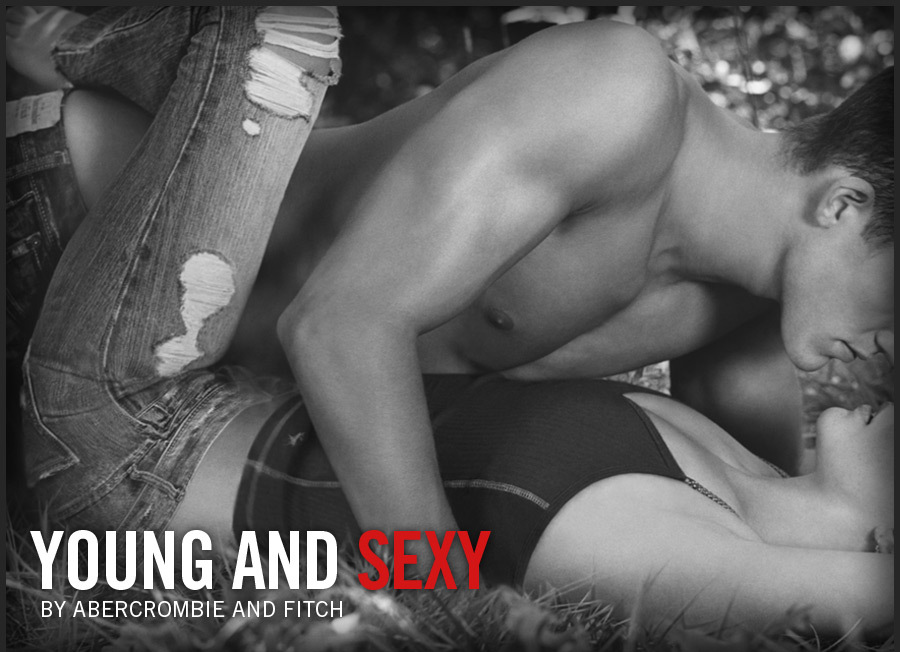
This version of Abercrombie & Fitch was meticulously crafted under the stewardship of CEO Mike Jeffries, who now faces allegations of exploiting individuals for sexual purposes.
The Lawsuit, Accusations and Allegations
A lawsuit against Abercrombie & Fitch has been filed in New York, accusing the company of providing “unfettered access” to ex-CEO Mike Jeffries to support his alleged sex-trafficking operation.
The lawsuit further accuses Jeffries and his British partner Matthew Smith of sex trafficking, sexual misconduct, and rape.
This case, brought under the New York Adult Survivors Act, is seeking justice for the alleged victims, allowing them to file civil sexual abuse claims that would otherwise have exceeded the statute of limitations. It also seeks class-action status to represent a larger group of victims.
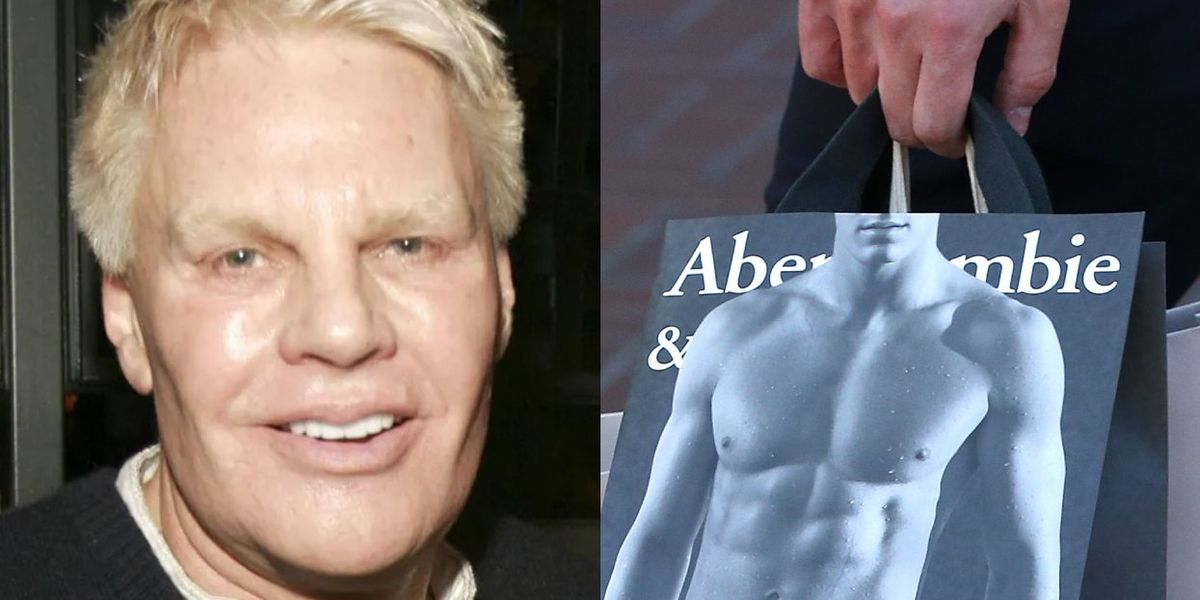
Jeffries’ Alleged Criminal Enterprise
The lawsuit claims that Abercrombie & Fitch, knowingly or unknowingly, provided the “financial lifeblood” for a sex trafficking organization led by Mike Jeffries during his tenure as CEO from 1992 to 2014.
Jeffries allegedly used corporate resources such as a jet, transportation, and unlimited amounts of cash to facilitate the sex-trafficking venture, which resulted in an alarming rate of new victims.
The legal documents further assert that company employees (surprise) were aware of Jeffries’ sexually exploitative and abusive behaviour, highlighting a video that circulated within the corporate office as evidence of their knowledge.
Abercrombie’s Complicity
The lawsuit contends that Abercrombie & Fitch, in its pursuit of profits, showed absolute loyalty to Jeffries, despite multiple red flags of criminality in his corporate account activity.
It accuses the company of ignoring Jeffries’ misconduct and extravagance, including drug and sex parties, which it allegedly financed.
Moreover, Jeffries is said to have used Abercrombie employees to pack his “sex toy bag” for business trips, while also using the company’s email platform to coordinate with model scouts for the sexual abuse and exploitation of young male models.
The lawsuit asserts that Abercrombie executives turned a “blind eye” to Jeffries’ conduct due to the immense profits he generated for the company.
:max_bytes(150000):strip_icc():focal(749x0:751x2)/abercrombie-and-fitch-3-8b8f867544f244c4b82b1839a2a57abe.jpg)
David Bradberry’s Allegations
David Bradberry, a former model and actor, spearheads the legal complaint alleging that Jeffries held castings at his homes and abroad, offering prospective models A&F gift cards and clothing while forcing them to partake in sex acts and drug use.
The lawsuit accuses Jeffries of using the Abercrombie name, its influence, and marketing materials to ensnare young male victims into the sex-trafficking venture.
Bradberry’s allegations also extend to sexual misconduct, forcible touching, and rape, which resulted in physical and psychological injury and trauma to himself and others.
The Broader Implications
The lawsuit against Abercrombie & Fitch is not just an isolated legal case. It represents a broader issue within the fashion industry.
Brittany Henderson, a civil lawyer representing some of the alleged victims, suggests that this case is vital for expanding the #MeToo movement across genders and eradicating sexual exploitation within the industry.
It spotlights that sexual exploitation does not discriminate based on gender, and men have been exploited in the modelling and fashion industries for decades.
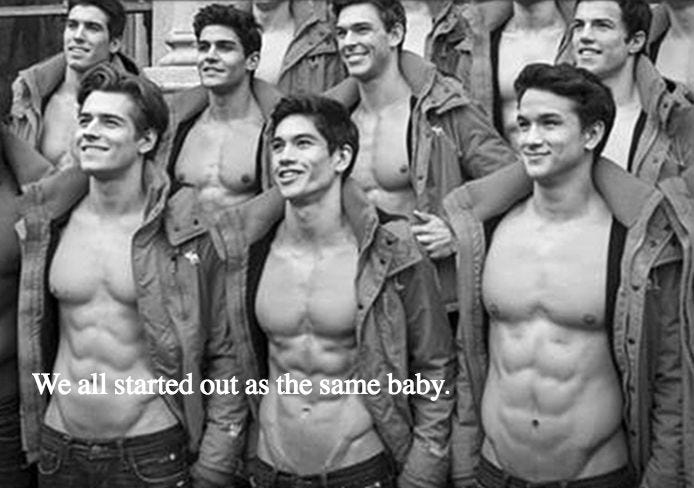
Abercrombie & Fitch’s Transformation Under Mike Jeffries
Abercrombie & Fitch, once a century-old company known for safari wear, underwent a remarkable transformation under the leadership of Mike Jeffries.
When he officially assumed control in 1992, Jeffries implemented a clear, if exclusionary, vision for the brand.
He famously stated, “We go after the cool kids. We go after the attractive, all-American kid with a great attitude and a lot of friends.”
The brand’s exclusivity and focus on a particular image contributed to its meteoric rise, accompanied by provocative advertising and store models.
The Downfall And Controversy
While Mike Jeffries’ tenure at Abercrombie & Fitch witnessed the brand’s ascent to the pinnacle of American teen retail, it also marked its decline; his departure in 2014 came amid controversies, including allegations of racial discrimination, concerns about a toxic work culture, and lavish expenses.
The allegations of sexual exploitation revealed in the lawsuit are just the latest in a series of controversies surrounding Jeffries and his management of the company.
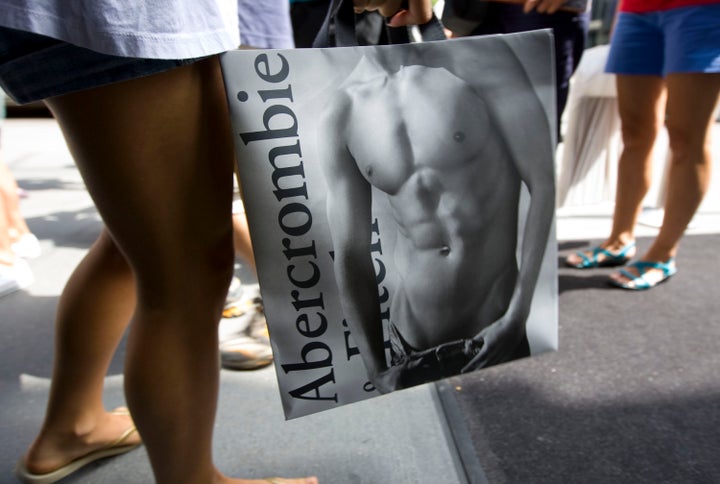
In The Shadows Of Fashion
In recent times, the fashion industry has been thrust into the spotlight for allegations of sexual exploitation and the scandal surrounding Abercrombie & Fitch and its former CEO, Mike Jeffries, is not an isolated case.
Sexual Exploitation Allegations in the Fashion Industry
While Abercrombie & Fitch is currently facing a lawsuit accusing the company of funding a sex-trafficking operation, other fashion houses and prominent figures have also been embroiled in allegations of sexual exploitation, and what unites these cases is the disturbing pattern of abuse and misconduct that has come to light.
Similar Allegations and Their Gravity
Much like the Abercrombie & Fitch case, these allegations typically involve high-ranking individuals within the fashion industry taking advantage of their positions of power and sexual exploitation, misconduct, and harassment are common themes, with both male and female victims affected.
The gravity of these allegations cannot be overstated, as they have the potential to destroy lives and tarnish the reputation of entire fashion brands.
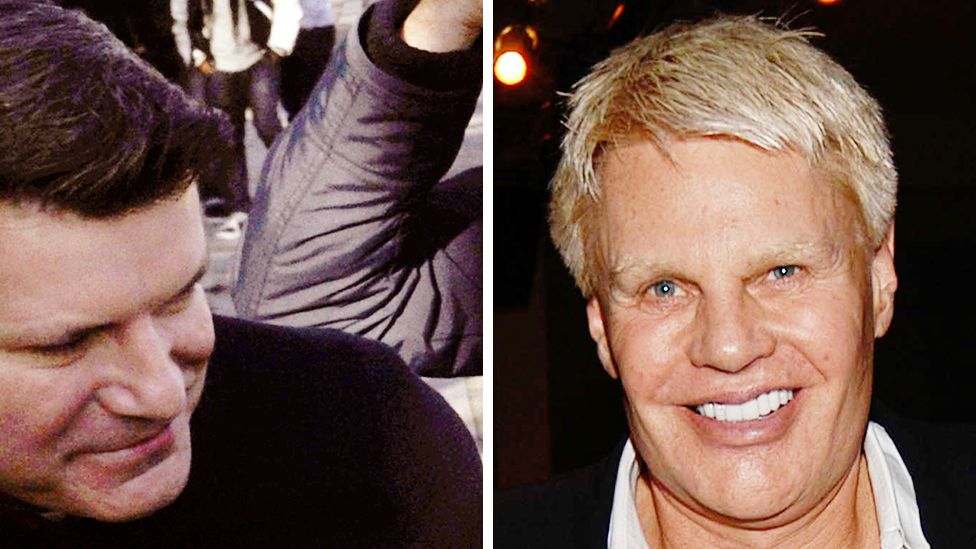
The Culture of Silence
One of the most concerning aspects of these allegations is the culture of silence that has perpetuated the abuse within the fashion industry.
Victims have often felt powerless to speak out against influential figures, fearing retaliation or damage to their careers; additionally, Non-disclosure agreements and a lack of support mechanisms have only served to further silence those who have experienced exploitation.
Legal and Social Implications
The legal implications of these allegations are significant, and lawsuits, like the one against Abercrombie & Fitch, have the potential to bring abusers to justice, offering a glimmer of hope for victims.
In addition to legal consequences, there are broader social implications; the fashion industry is under increasing scrutiny, with a growing demand for accountability and systemic change to protect models and all employees.
There have been several fashion houses and brands that have faced allegations of sexual exploitation or misconduct over the years and some of the notable cases are
1. LVMH (Louis Vuitton Moët Hennessy): In 2012, a former Dior Couture employee, Ophélie Guillermand, accused the company of allowing a culture of sexual harassment within the organization.
2. Terry Richardson: Although not a fashion house or brand, Terry Richardson, a well-known fashion photographer, has faced numerous allegations of sexual misconduct and exploitation of models during photoshoots; as a result, several fashion brands and magazines have distanced themselves from him.
3. Elite Model Management: In 2020, former models and employees of the renowned modelling agency Elite Model Management accused the agency of mishandling sexual misconduct claims and failing to protect models from abusive photographers and agents.
4. Versace: In 2018, the luxury brand Versace faced allegations of inappropriate conduct by the company’s creative director, Donatella Versace, during a photoshoot, although the company denied the allegations.

Calls for Reform
As the fashion industry grapples with these disturbing allegations, there is a growing call for reform.
Models, employees, and advocates are demanding safer working conditions, protection against exploitation, and the dismantling of the culture of silence.
The Last Bit,
The Abercrombie & Fitch case, along with similar allegations against other fashion houses, indicate the urgent need for reform within the fashion industry.
It is high time that the industry confront its dark underbelly and take concrete steps to prevent further sexual exploitation and abuse rather than being a breeding ground for exploitation.




